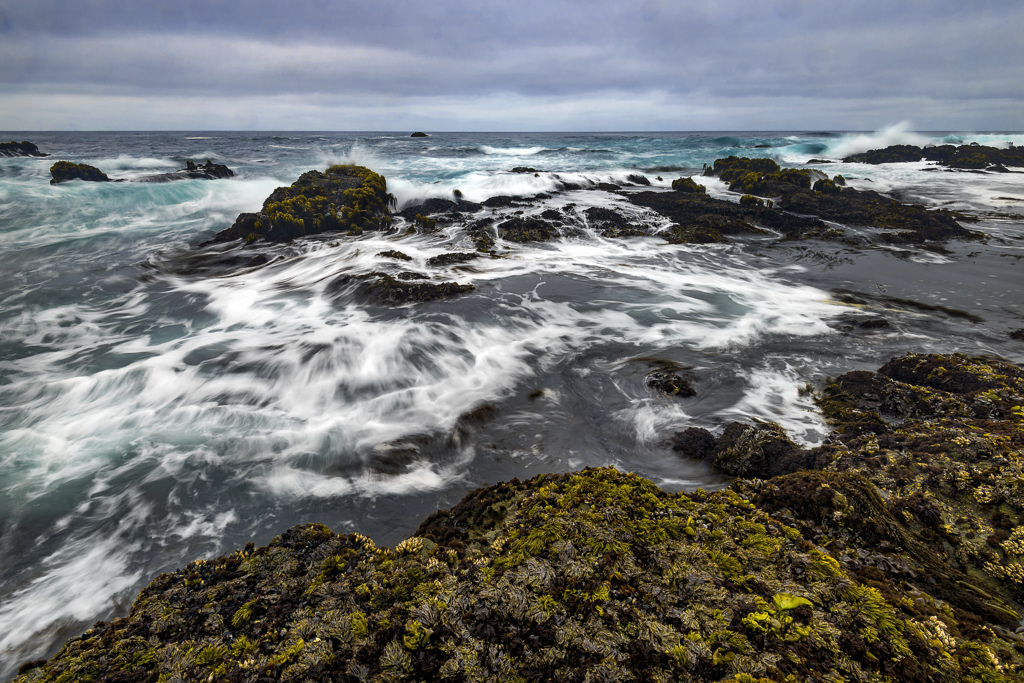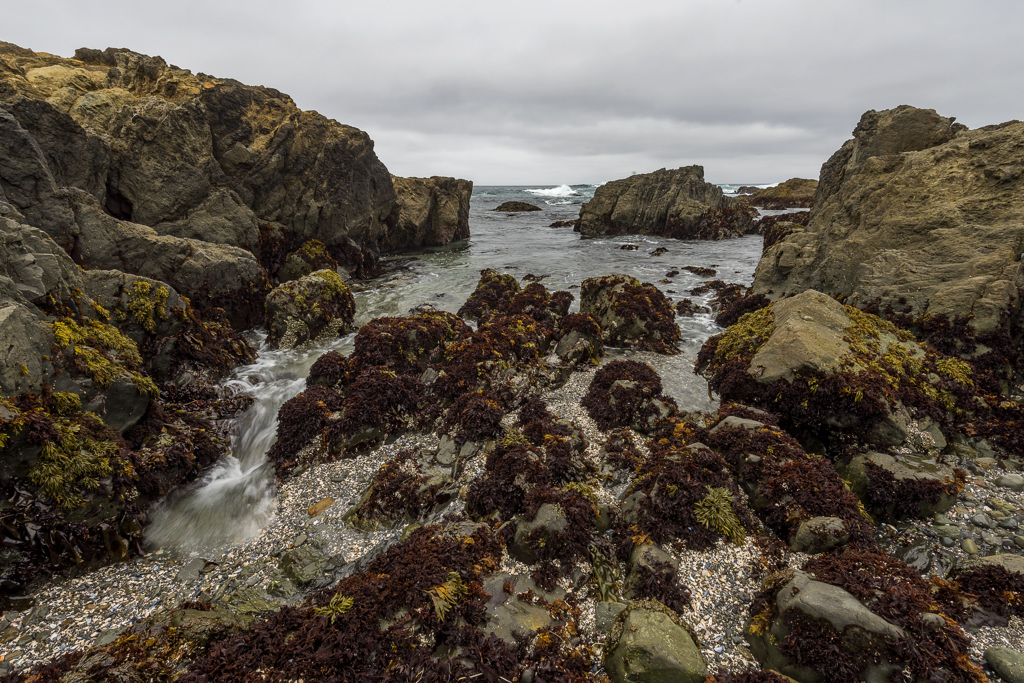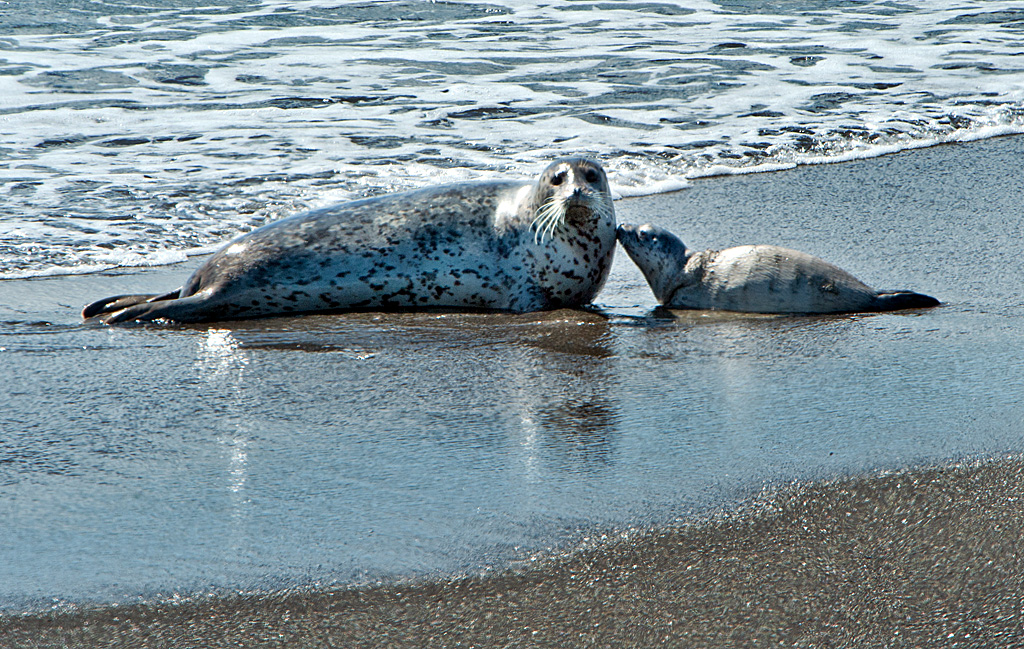All reservations are made through reservecalifornia.com or by calling 1-800-444-7275. For further information please contact the Sonoma Mendocino District Office at (707) 937-5804 Monday - Friday 8:00 a.m. to 5:00 p.m.

No Drones Allowed in Park
- The noise and sight of drones can alter other people’s enjoyment of nature.
- A drone hovering nearby can feel intrusive and threatening.
- Drones can capture photographs and video without someone’s permission.
- Drones mimic the behavior of predatory birds and can frighten wildlife.
MacKerricher State Park offers a variety of habitats; beach, bluff, headland, dune, forest and wetland. Tide pools are along the shore. Seals may be seen on the rocks off the park's coastline. More than 90 species of birds visit or live near Cleone Lake, a former tidal lagoon. During winter and spring, the nearby headland provides a good lookout for whale watching. The park is popular with hikers, joggers, equestrians and bicyclists. The park has a wheelchair accessible nature trail.  Location/Directions
Location/Directions
The park is three miles north of Fort Bragg on Highway 1, near the town of Cleone. The park encompasses much of the land west of Cleone and a strip of beach between Fort Bragg and Ten Mile River.
Seasons/Climate/Recommended clothing
The weather can be changeable; layered clothing is recommended.
About the Park
The park is the only one in the park system that was at one time part of the Mendocino Indian Reservation.
It is the only park unit that was part of the Union Lumber Company's vast timber and shipping holdings in northern Mendocino County. A small, independent logging and shipping operation began here, and then was absorbed by the larger corporation. MacKerricher, known historically as Cleone, thus followed a pattern common to many of the small areas in the region. The park was officially opened in 1952; land was added along the Ten Mile beach until 1977.
Accessibility
Several accessible facilities at MacKerricher include a boardwalk at Laguna Point and Haul Road.
Assistance may be needed with restroom, shower, and other facilities. A beach wheelchair is available for use by calling (707) 937-5721 to reserve it at least seven days in advance. Accessibility at the park is continually improving. For updates on accessibility in any California state park, click the Accessible Features link at the top of this page.
- Pacific Environmental Education Center (Environmental Education Program)
- Ricochet Ridge Ranch (Guided horseback tours)
- Pay Showers for registered campers available
- Free summer Junior Ranger programs, seal watching stations, and Campfire programs
- Free guided whale watching walks through weekends in March
Six Things We'd Like You to Know...
The restoration work planned for the Ten Mile Dunes area is to remove 2.7 miles of remnant haul road, remove two culverts and to hand-pull European beach grass. Both the road and the non-native invasive beach grass continue to degrade natural processes and habitat that are critical to the imperiled plant and wildlife species found there.
Six Things We'd Like You to Know About the Ten Mile Dunes Project






